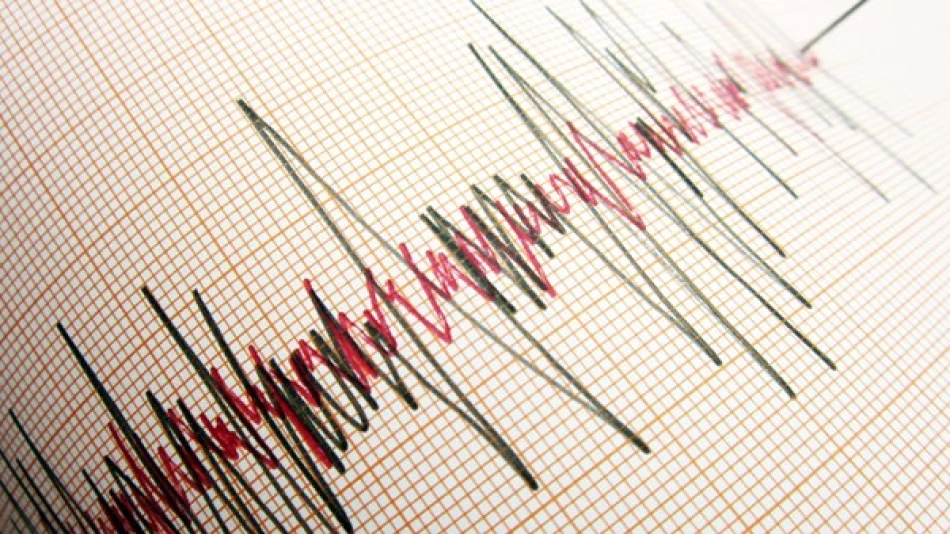
Powerful Earthquake Rattles Papua New Guinea, Causing Widespread Damage and Disruption
Papua New Guinea Hit by 5.8 Magnitude Earthquake as Pacific Ring of Fire Activity Continues
A moderate 5.8 magnitude earthquake struck Papua New Guinea on Monday, according to the German Research Centre for Geosciences, with the tremor occurring at a depth of 106 kilometers. The relatively deep location of the quake likely prevented significant surface damage, and no tsunami warnings were issued following the event.
Deep Quake Minimizes Surface Impact
The earthquake's substantial depth of 106 kilometers played a crucial role in limiting its potential for destruction. Deep earthquakes typically cause less surface shaking and structural damage compared to shallow events of similar magnitude, explaining why no immediate reports of casualties or infrastructure damage emerged from the affected region.
The absence of tsunami warnings also reflects the earthquake's characteristics and location. Tsunami alerts are more commonly triggered by shallow underwater earthquakes or those occurring near coastal fault lines, particularly when they exceed magnitude 6.0.
Geological Reality of the Pacific Ring of Fire
Papua New Guinea sits at one of the world's most seismically active zones, where the Australian Plate converges with the Pacific Plate. This tectonic boundary makes the island nation particularly susceptible to frequent seismic activity, ranging from minor tremors to major earthquakes.
Pattern of Regional Seismic Activity
The convergence of these massive tectonic plates creates ongoing geological stress that regularly releases through earthquakes. Papua New Guinea experiences hundreds of earthquakes annually, though most are too weak to cause significant damage or even be felt by residents.
This latest 5.8 magnitude event falls within the range of moderate earthquakes that are strong enough to be widely felt but typically don't cause major structural damage, especially when occurring at significant depth as in this case.
Broader Regional Implications
Monday's earthquake serves as another reminder of the Pacific Ring of Fire's persistent activity. The region, which encompasses much of the Pacific Ocean's perimeter, accounts for approximately 90% of the world's earthquakes and 75% of active volcanoes.
For Papua New Guinea, regular seismic monitoring and preparedness remain essential given the country's position along this highly active geological boundary. While this particular earthquake appears to have passed without incident, the ongoing tectonic activity ensures that more significant events remain a constant possibility for the region's 9 million residents.
Most Viewed News

 Layla Al Mansoori
Layla Al Mansoori






